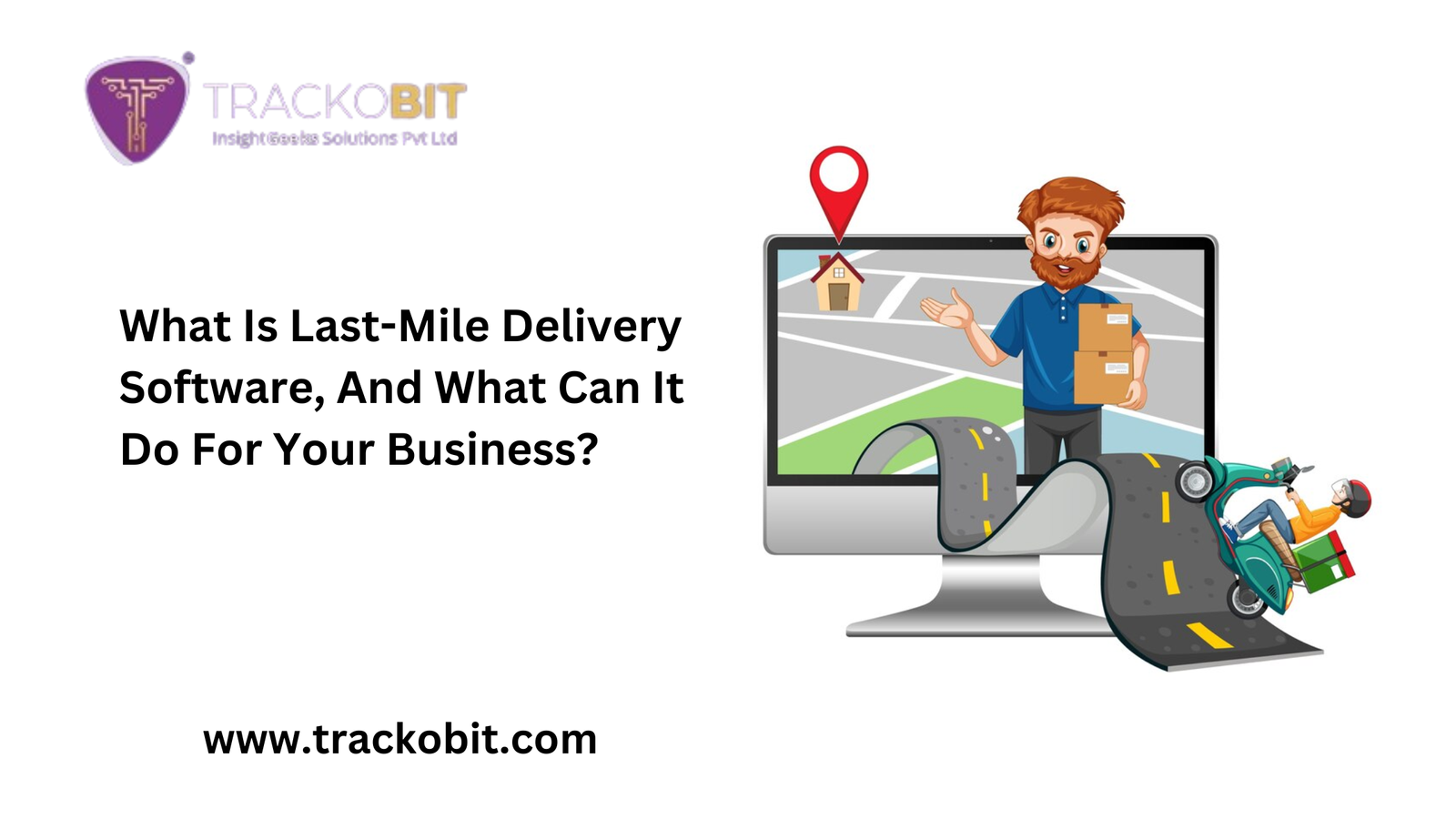Static PDFs are outdated. They are clunky to scroll through, hard to personalize, and often outright ignored by modern audiences. But digital flipbooks! They are the game-changer you didn’t know you needed to reinvigorate your content. If you are exploring ways to modernize your documents, captivate your audience, and keep them engaged, a digital flipbook or also known as a page turning PDF is the clear solution.
What is a Page Turning PDF or Digital Flipbook?
A page-turning PDF, also known as a digital flipbook, is a highly interactive, web-friendly document. Unlike static PDFs, digital flipbooks mimic the look and feel of a real book with pages that turn seamlessly – often accompanied by sound effects or animations to amplify the user experience.
These flipbooks can transform your static documents like product catalogs, eBooks, newsletters, marketing brochures, and presentations into engaging, visually appealing content that can be viewed across all devices.
A wide variety of intuitive tools, such as PageTurnPro make converting your PDFs into digital flipbooks incredibly easy. Now that you know what a flipbook is, let’s get into the solid reasons why you should make the switch.
6 Solid Reasons to Use a Digital Flipbook
- Give a Boost to your User Experience
When was the last time you were genuinely excited to open a PDF? Probably never! PDFs, while functional, often feel static and outdated. Digital flipbooks, on the other hand, deliver an experience your audience will remember.
With smooth page-turning animations, clickable links, rich media integration (videos, GIFs, and audio), and mobile responsiveness, a digital flipbook feels like an interactive magazine. Such features help maintain user engagement and improve overall content consumption rates.
Imagine you are sending a brand catalog to a potential client. Instead of asking them to scroll endlessly through a PDF, you offer them a digital flipbook that pulls them into your story with interactive visuals, making your content both functional and enjoyable.
- Improved Accessibility Across Devices
Static PDFs often require downgrades in quality to fit file size limits, and accessing them on mobile? That’s a different struggle altogether. Digital flipbooks are designed to be responsive and easy to view on any device – whether desktop, tablet, or smartphone.
For example, if your flipbook features an embedded video tutorial, users can easily view it directly from their mobile or tablet without complicated downloads or third-party tools.
- SEO-Friendly and Web Integrated
One flaw of traditional PDFs is their minimal SEO utility. They are standalone files that offer little opportunity to draw traffic to your content. A digital flipbook, however, can integrate seamlessly with your website and be optimized for search engines.
Features include hyperlinks, alt tags for images, and even indexed pages that make your flipbook content discoverable via Google searches. Imagine turning that eBook you have worked so hard on into a lead generator that drives inbound traffic to your website – all without needing hours of technical optimization.
- Eco-Friendly & Cost-Efficient Alternative
Producing physical booklets, catalogs, or flyers isn’t just pricey; it also contributes to paper waste and environmental degradation. By switching to digital flipbooks, you help save resources, reduce your carbon footprint, and save money on printing and distribution costs.
For instance, a retailer who once relied on printing seasonal catalogs can now create a visually engaging flipbook accessible with just a shareable link. Updates and edits to the content? Those can be implemented at no extra cost compared to reprinting an entire batch of physical copies.
- High Engagement Rates with Built-In Marketing Features
To market effectively, you need tools that both capture attention and make data tracking simple. Many digital flipbook platforms include built-in analytics, allowing you to track how users interact with your content.
Discover how long a user stayed on a particular page, what links they clicked, and even which section of your flipbook performed the best. Additionally, features like embedded contact forms or call-to-action (CTA) buttons can directly influence lead generation and sales.
For example, an eCommerce business can embed links directly into a catalog’s product images, allowing users to buy products instantly with just one click. This makes it easier for you to measure ROI for your flipbook content.
- Amplifies Your Brand’s Professionalism
First impressions matter. Giving your audience a high-quality digital flipbook elevates your brand instantly. It signals that your business or project values innovation, polished design, and audience satisfaction.
Whether showcasing your services, educating clients about your offerings, or sending stakeholders an interactive report, a branded flipbook adds a wow factor that traditional PDFs simply don’t deliver.
Further, most flipbook tools allow you to customize the design with your company’s logo, colors, and branding. Every time someone opens your flipbook, it reinforces your identity and leaves a lasting impression.
Conclusion
Static PDFs served their purpose in a less interactive digital world, but as content consumption trends evolve, so must the tools we use to share information. Digital flipbooks offer an innovative and engaging solution for turning ordinary documents into valuable and impactful assets.
If you are looking to enhance user engagement, elevate your brand perception, or streamline accessibility, there’s no better time to switch to a page turning PDF or digital flipbook.
Want to see your first flipbook come to life? Try PageTurnPro digital flipbook software and experience the difference for yourself.



